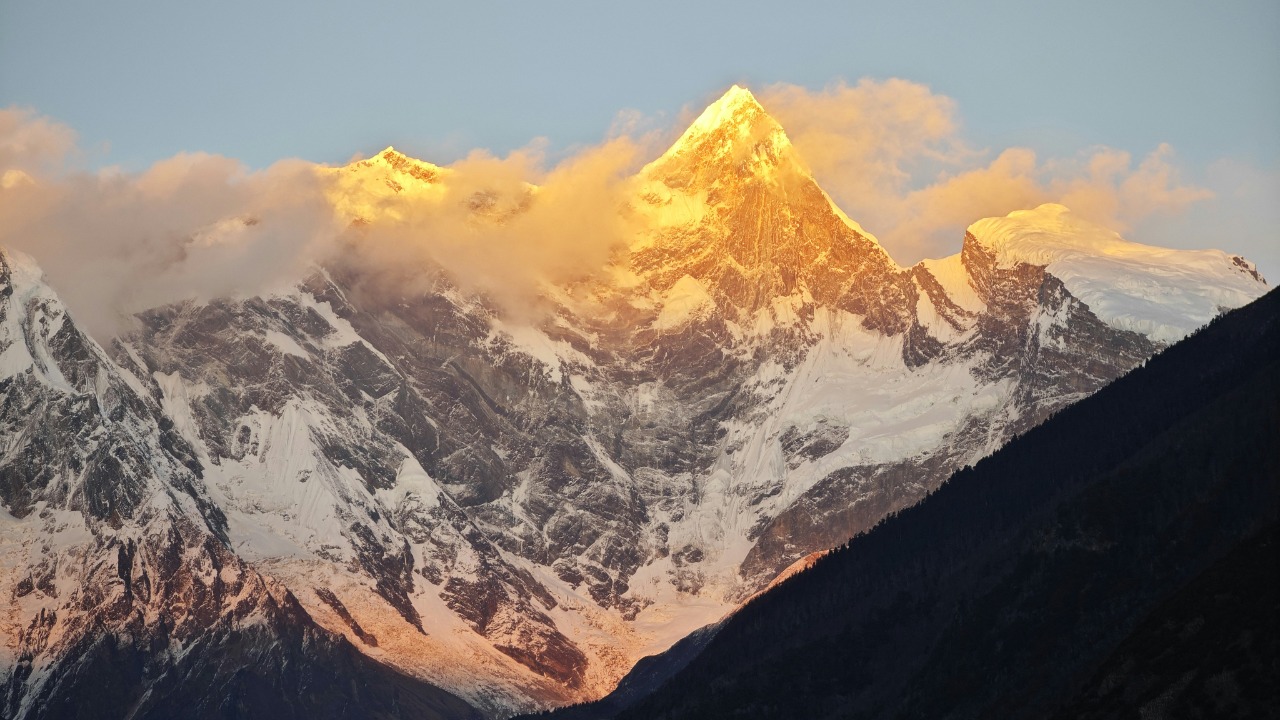
Recent scientific discoveries have challenged our understanding of the geology beneath the Himalayas, suggesting that a hidden structure within the Earth may be responsible for the enduring stature of these majestic mountains. This revelation not only alters our perception of the tectonic forces at play in the region but also provides a potential explanation for the Himalayas’ continued existence.
The Geological History of the Himalayas
The formation of the Himalayas dates back to around 50 million years ago, when the Indian and Eurasian plates collided. This monumental event gave birth to the world’s highest mountain range. Despite the relentless forces of erosion, tectonic processes continue to uplift the Himalayas, a phenomenon that has puzzled scientists for years. However, recent findings suggest that our traditional understanding of these processes may need to be revised.
According to a report, the geology supporting the Himalayas is not as previously thought. This revelation has prompted a reevaluation of the geological history of the region, challenging long-held views and opening up new avenues for research.
Traditional Theories on Himalayan Stability
Under the previous scientific understanding, the Himalayas’ height was maintained through a combination of crustal thickening and isostatic rebound. Subduction zones, where one tectonic plate slides under another, were thought to contribute to the range’s endurance against gravitational collapse. The assumption was that surface-level tectonics alone accounted for the Himalayas’ persistence.
However, the recent findings challenge these traditional theories, suggesting that there may be more to the Himalayas’ stability than meets the eye.
Evidence of a Hidden Mantle Structure
Seismic imaging techniques have revealed an unexpected anomaly beneath the Tibetan Plateau. This structure, possibly a slab or plume, appears to provide additional support to the Himalayas, preventing the range from eroding away. This discovery has been a game-changer, offering a potential explanation for the enduring stature of the Himalayas.
A report highlights the potential of this hidden structure as the key reason the Himalayas continue to stand tall. The existence of such a structure inside the Earth has profound implications for our understanding of global tectonics.
Scientific Methods Behind the Discovery
The discovery of the hidden structure was made possible through the use of advanced geophysical surveys, including earthquake wave analysis, which allowed scientists to map the deep layers of the Earth. International teams collaborated to integrate data from multiple seismic events, providing a comprehensive picture of the geology beneath the Himalayas.
The announcement of these methods and their findings has overturned prior geological assumptions for the Himalayas, marking a significant milestone in the field of Earth science.
Implications for Himalayan Uplift and Erosion
The hidden structure beneath the Himalayas has significant implications for our understanding of the range’s uplift and erosion. Current rates of uplift, estimated at several millimeters per year, may be influenced by this subsurface dynamic. The balance between tectonic forces and erosional processes, previously thought to be governed solely by surface-level tectonics, now appears to be more complex.
The insights provided by the discovery of the hidden structure could have broader impacts on predicting future mountain stability, offering a new perspective on the forces that shape our planet.
Broader Effects on Global Tectonics
This discovery has far-reaching implications, potentially reframing our understanding of similar mountain ranges worldwide, such as the Andes. It could lead to revisions in models of mantle convection and plate interactions, altering our perception of the Earth’s internal dynamics.
The findings serve as a catalyst for re-evaluating Earth’s internal support systems, prompting a reassessment of global tectonic theories.
Future Research Directions
The discovery of the hidden structure opens up new avenues for research. Enhanced monitoring with satellite and ground-based sensors could provide valuable data on changes in the structure over time. Interdisciplinary studies combining geology with climate modeling could offer long-term forecasts for the Himalayas, contributing to our understanding of the region’s future.
Building on the report, there is a strong case for deeper explorations into Earth’s mantle anomalies. Such research could shed light on the mysteries of our planet’s interior, offering new insights into the forces that shape our world.
More from MorningOverview